SongEun Art & Cultural Foundation marks Herzog & de Meuron’s South Korean debut
Herzog & de Meuron’s South Korean debut is a triangular triumph for ST International and its SongEun Art & Cultural Foundation in Seoul
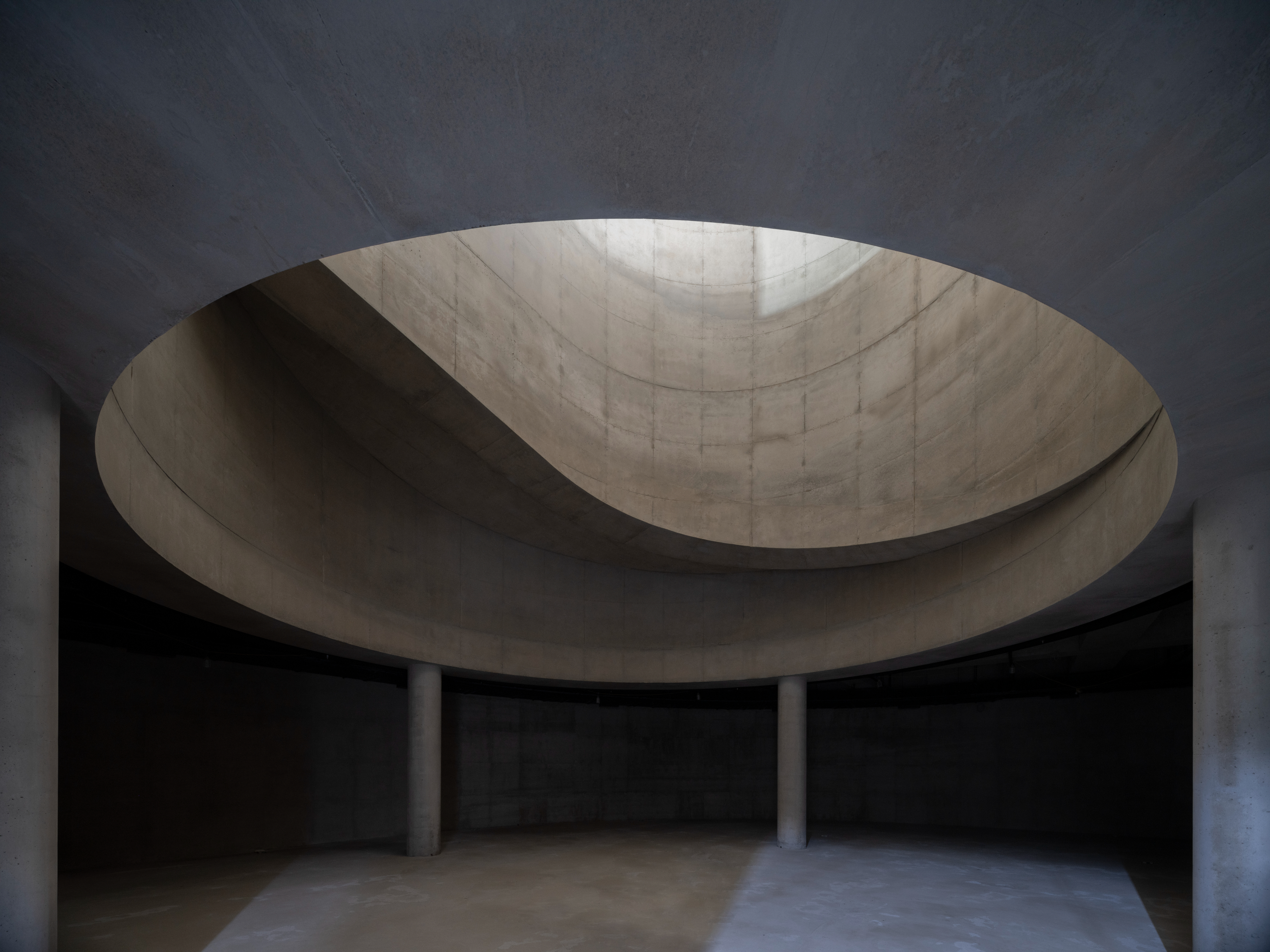
Jihyun Jung - Photography
Swiss architects Herzog & de Meuron make their South Korean debut with a monolithic new office building and cultural space in Seoul that boasts a majestic triangular silhouette. The 11-storey structure sits at the crest of a broad avenue in Seoul’s bustling Gangnam district, surrounded by an array of high-end fashion boutiques and flagships, including Louis Vuitton (designed by Frank Gehry), Dolce & Gabbana (Jean Nouvel) and Dior (Christian de Portzamparc). Housing the corporate HQ of ST International, a Korean energy and mining conglomerate, and its constituent SongEun Art & Cultural Foundation, which operates a nonprofit art space, this striking edifice is set to become a contemporary architectural landmark amid the Korean capital’s architecture and dense urban fabric.
Rising from the street like a sheer cliff face nearly 60m in height, the south-facing front façade presents a continuous plane of concrete interrupted by two long, slender windows that puncture the otherwise uniform surface. These precise incisions, the larger of which is more than 13m tall, accentuate the verticality of the structure while hinting at the spaces contained within. Both corners at the bottom of the façade are cut away to create lateral recesses that serve as points of entry for pedestrians and vehicles. As visitors pass beneath the suspended mass of the building’s cantilevered upper floors towards the main entrance, they emerge into an airy courtyard ringed by a walled garden that separates this backyard-like space from the neighbouring plots. It is here that the glass-covered rear façade begins its angular ascent, receding from view as it climbs towards the sharply pointed apex.

Façade comprises a unique patchwork
In contrast to the highly optimised architectural elements, certain aspects of the structure retain an unmistakable craft sensibility. Nowhere is this more apparent than the textured patchwork of intricate patterns that lends the building’s concrete surfaces a tactile quality: instead of using mass-produced modular panels to create the formwork necessary for casting concrete, builders installed several thousand square plywood boards, each of which yielded a unique imprint of its natural wood grain on the concrete as it hardened. An ode to the meaning behind the name SongEun, which translates as ‘hidden pine tree’, this endlessly rippling organic matrix induces a sense of wonder and a visceral urge to reach out and touch it, imbuing this inherently inert substance with an evocative resonance.
Despite its iconic profile and formidable presence, Herzog & de Meuron’s design does not manifest any singular aesthetic or thematic inspiration. Rather, its form is prescribed by its function, as the architects explain: ‘The triangular shape results from the building envelope specified for the site, maximising the floor area and exploiting the sculptural potential of the zoning laws.’
The building’s slanted rear façade dictates the internal programming of interior space; since the horizontal area of each floor decreases as its elevation increases, the upper eight floors encompass 2,032 sq m of offices while the exhibition spaces that occupy the lower floors (two above ground and one underground) comprise 3,513 sq m.
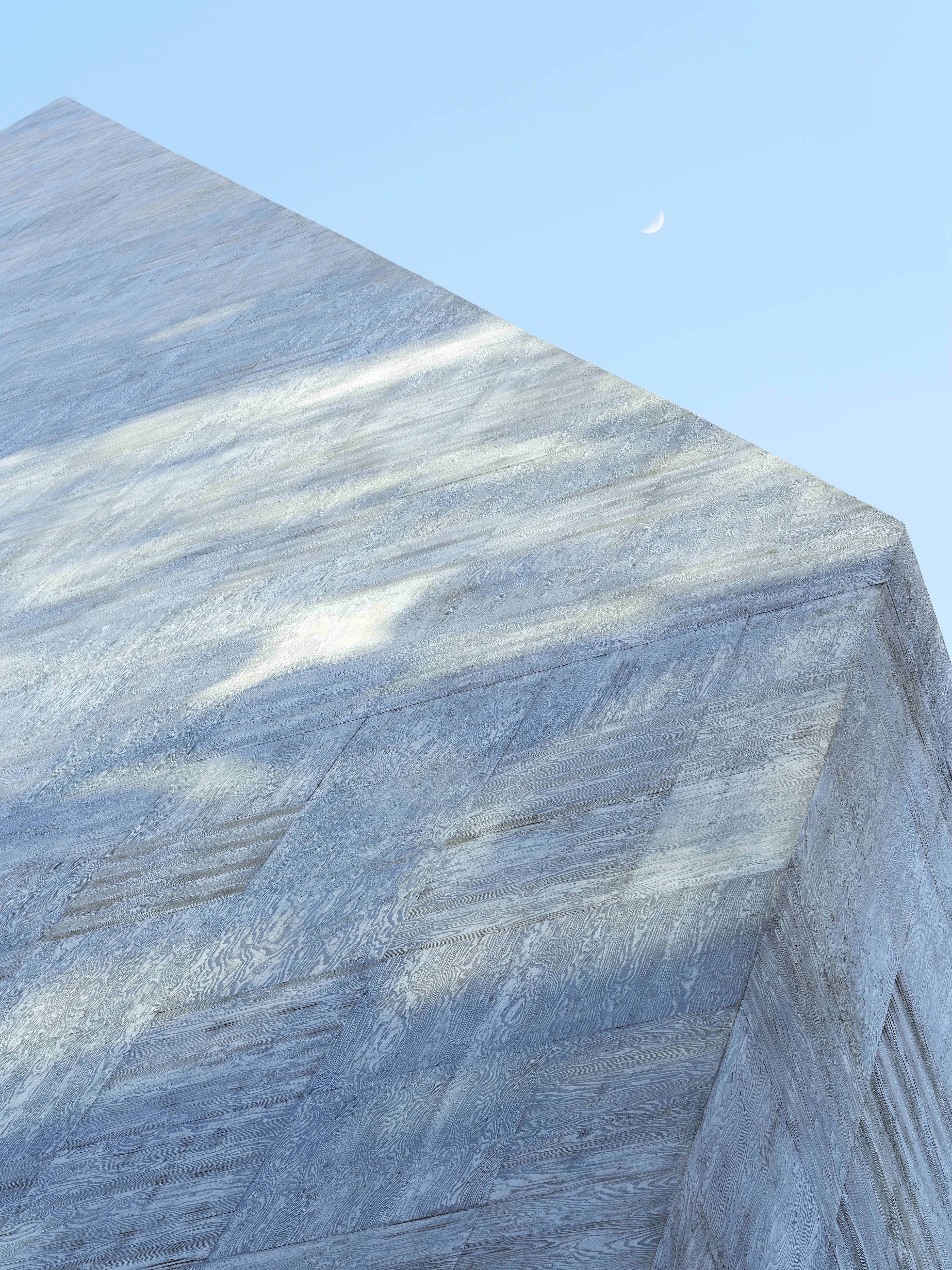
Practical design concerns also inform architectural decisions within the structure. The focal point of the ground-floor lobby is a spiralling vertical layer of concrete that carves a nautilus-shaped void out of the lobby floor, opening onto a cavernous subterranean exhibition space two floors below. Tracing the outer perimeter of this hollow concrete corkscrew is a circular staircase that leads upwards to a second floor exhibition space. More than just an aesthetic flourish, this prominent design element also discloses an inevitable spatial constraint generated by the internal curvature of the parking ramp, circumscribing the gaping cavity excavated from the centre of the lobby.
SongEun building and its debut exhibition
To inaugurate the completed building, a collaborative exhibition curated by Herzog & de Meuron and the SongEun Art & Cultural Foundation invites the public to explore its spaces and consider the relationship between art and architecture. The exhibition foregrounds the building itself, which audiences experience through drawings and displays related to the project’s development, including augmented reality resources that offer viewers unique perspectives on the project’s design and construction.
Elsewhere, samples of Herzog & de Meuron’s representative works are presented in the form of photographs by Thomas Ruff and architectural models from the Swiss firm’s archives. A selection of video collaborations featuring Swiss artists Rémy Zaugg and René Pulfer serve to introduce more conceptual interpretations of urbanism, landscape and memory as they relate to the built environment.
Receive our daily digest of inspiration, escapism and design stories from around the world direct to your inbox.
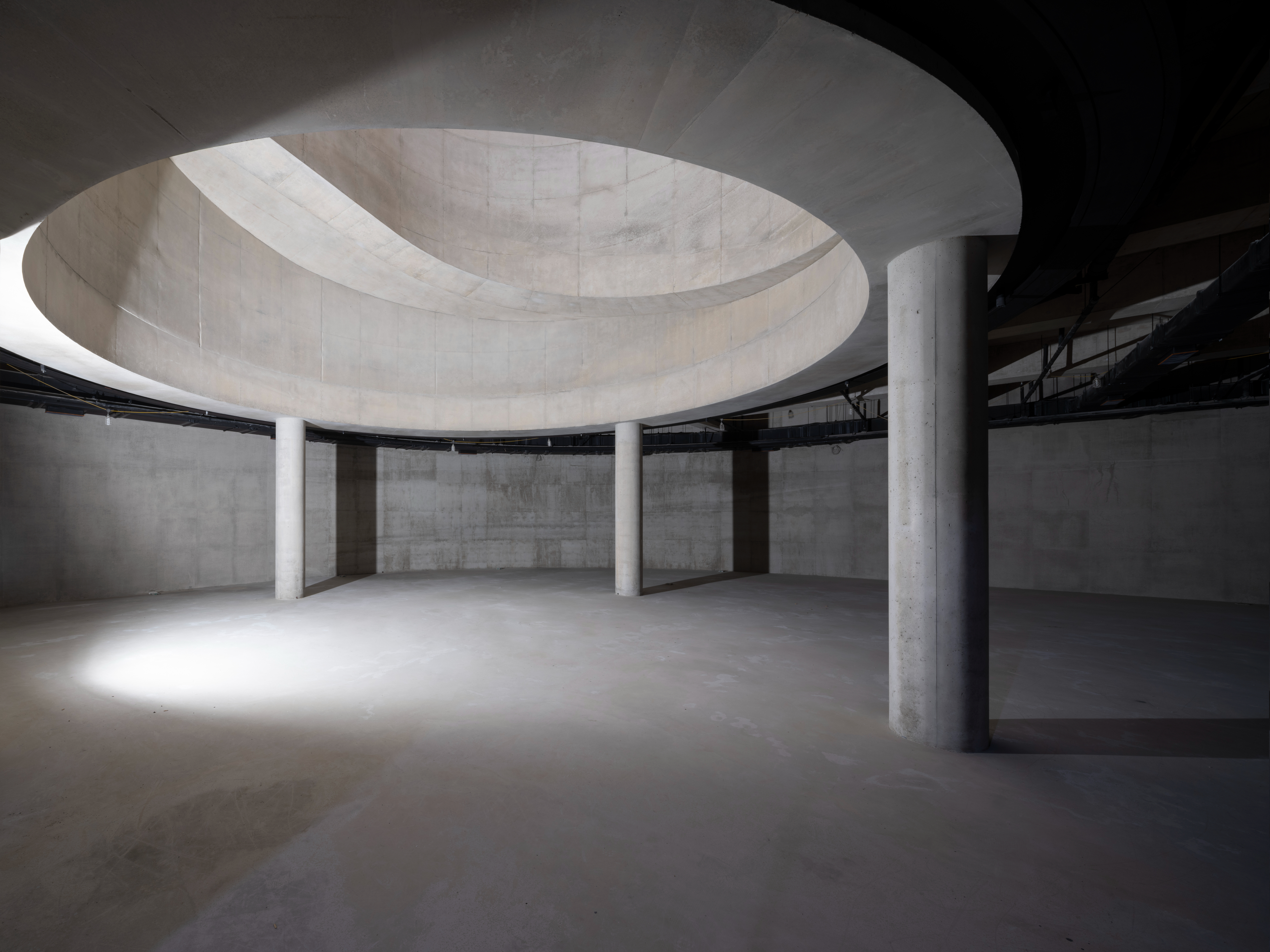
Interspersed throughout the exhibition are newly commissioned artworks by a selection of Korean contemporary artists who respond to the architecture and its site. Some of the most evocative works on view comprise a photographic series by Jihyun Jung, who accessed the building site during all phases of construction and documented its progress. An immersive architectural installation by Hoyeon Kang engages with the site's history, reproducing a typical Korean office lounge interior that might have been found in the previous building on this location. Tying aspects of architecture and fine art is a new abstract sculpture by Eunu Lee that takes inspiration from the design philosophy that has informed the enduring architectural legacy of Herzog & de Meuron.
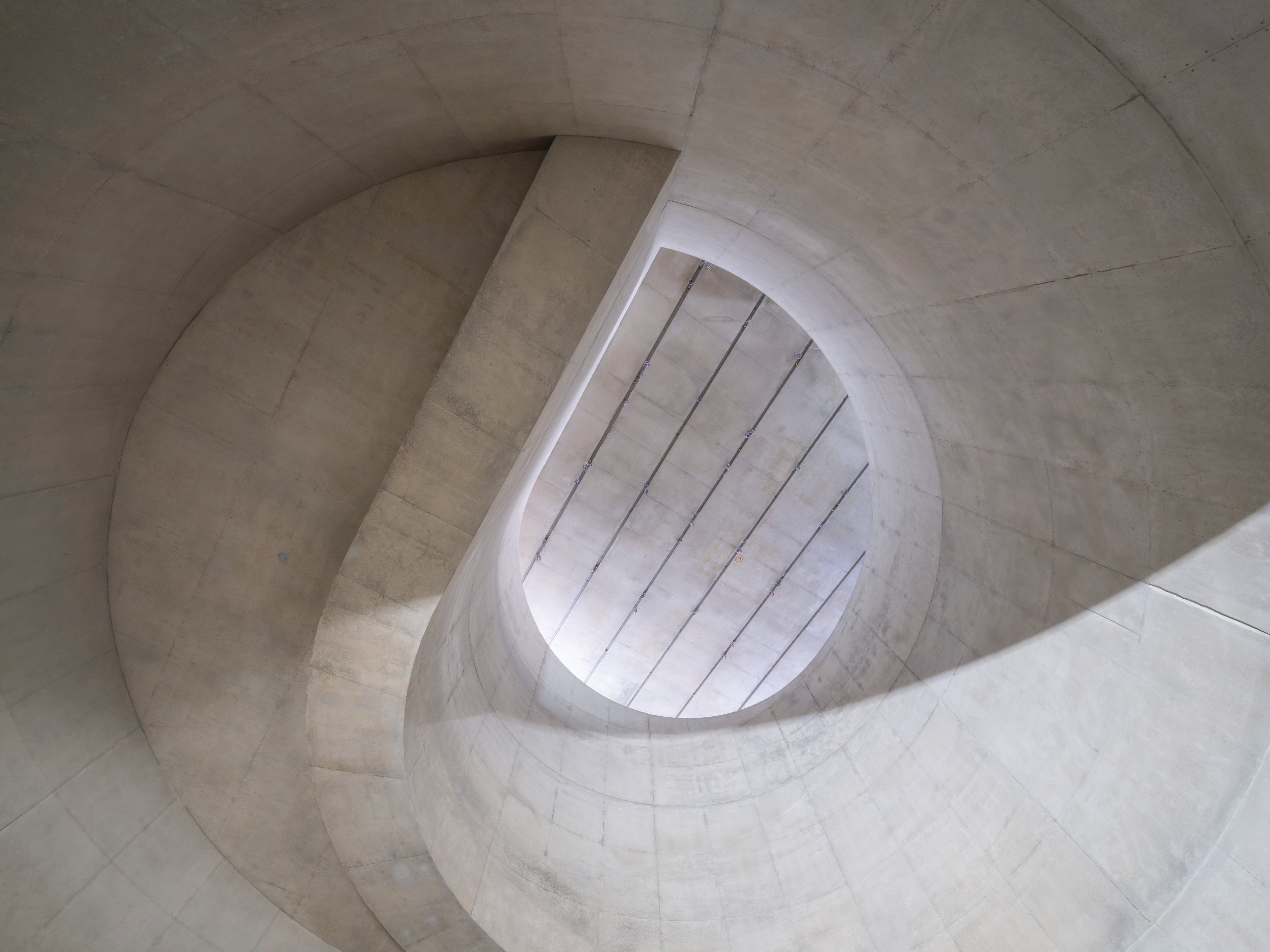
INFORMATION
-
 The most comprehensive showing of Nan Goldin’s photographs and films is intense and emotional
The most comprehensive showing of Nan Goldin’s photographs and films is intense and emotionalNan Goldin's moving-image work makes a heavy impact in ‘This Will Not End Well’ at Milan’s Pirelli HangarBicocca
-
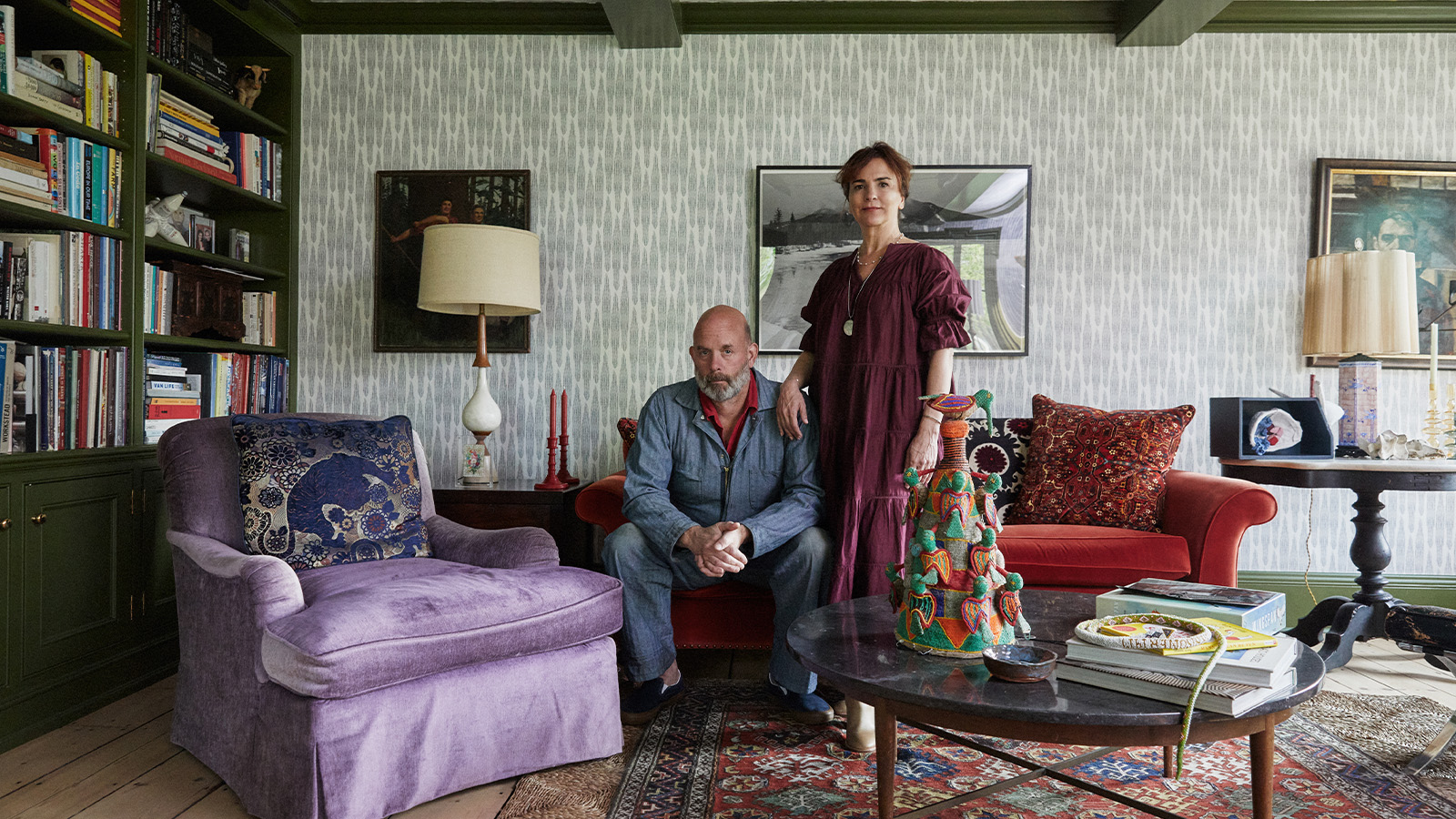 How We Host: Interior designer Heide Hendricks shows us how to throw the ultimate farmhouse fête
How We Host: Interior designer Heide Hendricks shows us how to throw the ultimate farmhouse fêteThe designer, one half of the American design firm Hendricks Churchill, delves into the art of entertaining – from pasta to playlists
-
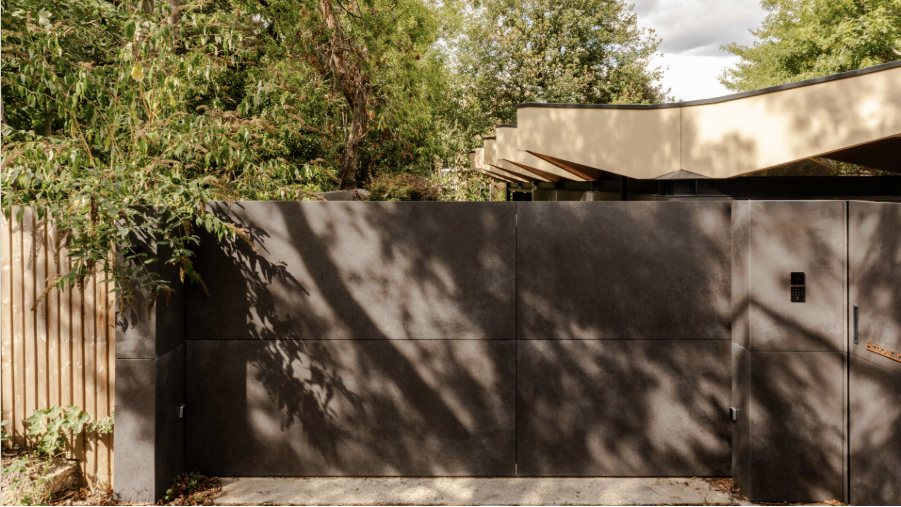 Arbour House is a north London home that lies low but punches high
Arbour House is a north London home that lies low but punches highArbour House by Andrei Saltykov is a low-lying Crouch End home with a striking roof structure that sets it apart
-
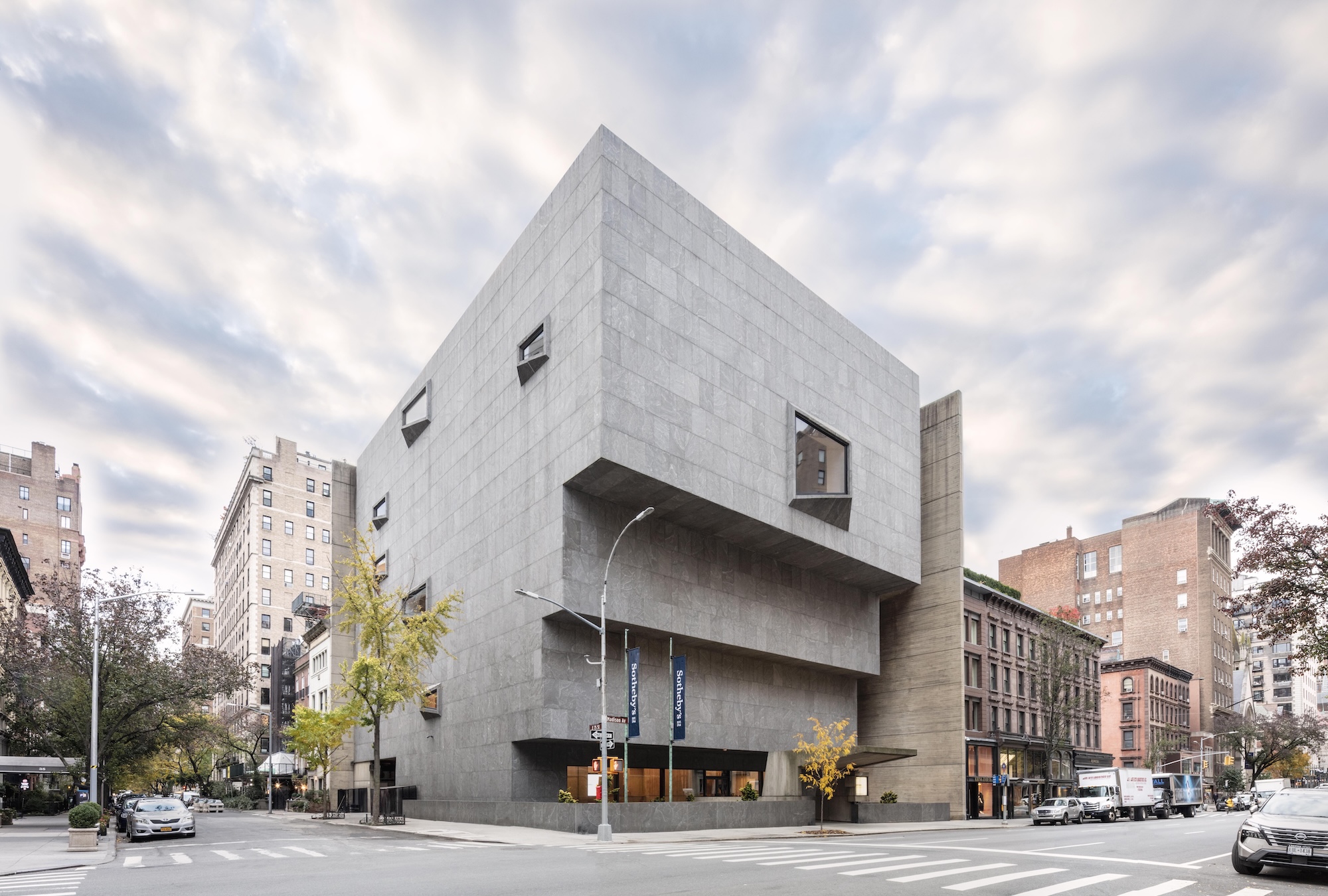 New York's iconic Breuer Building is now Sotheby's global headquarters. Here's a first look
New York's iconic Breuer Building is now Sotheby's global headquarters. Here's a first lookHerzog & de Meuron implemented a ‘light touch’ in bringing this Manhattan landmark back to life
-
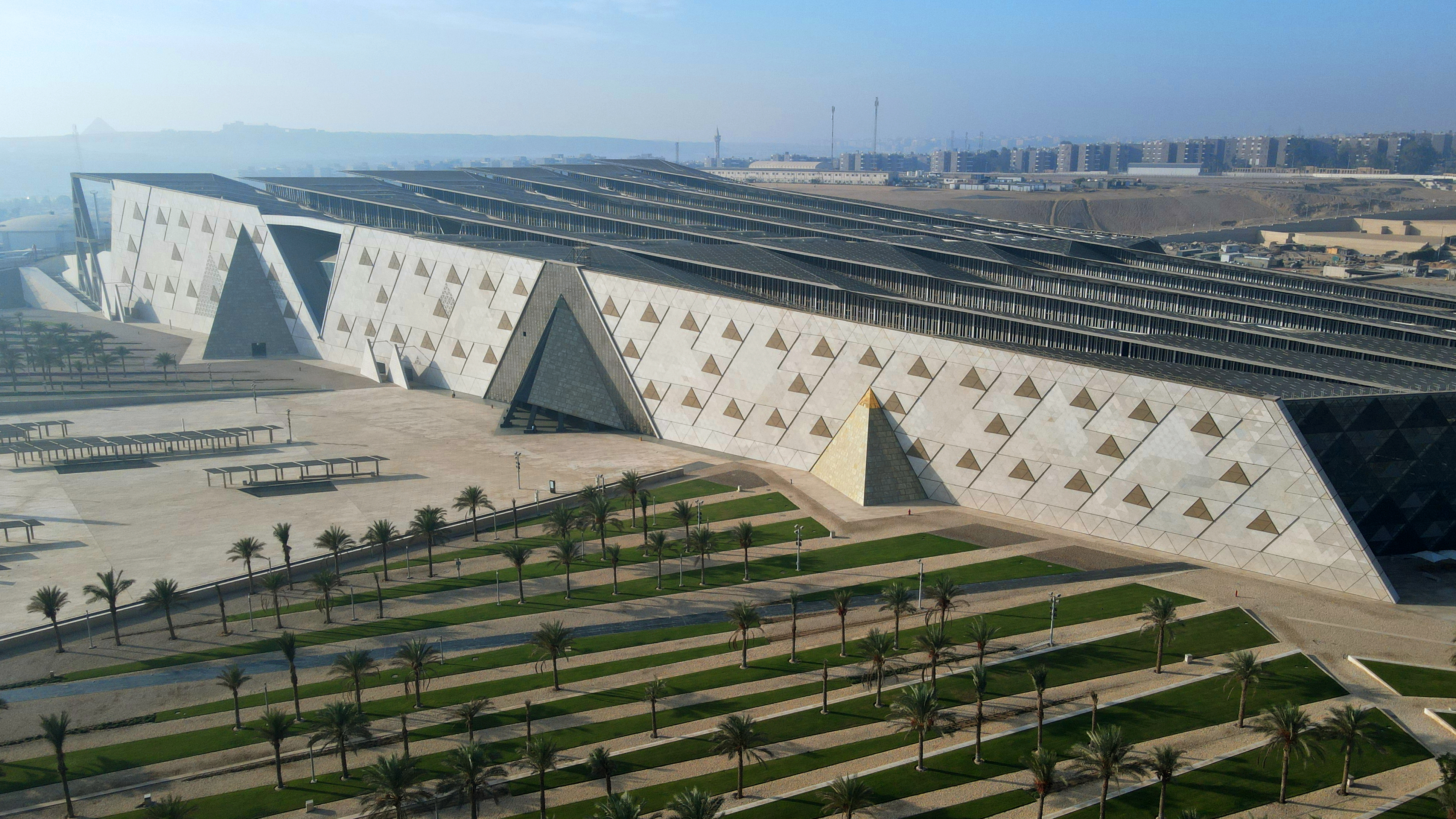 The Grand Egyptian Museum – a monumental tribute to one of humanity’s most captivating civilisations – is now complete
The Grand Egyptian Museum – a monumental tribute to one of humanity’s most captivating civilisations – is now completeDesigned by Heneghan Peng Architects, the museum stands as an architectural link between past and present on the timeless sands of Giza
-
 In South Korea, a new Bangjja Yugi museum honours a centuries-old Korean tradition
In South Korea, a new Bangjja Yugi museum honours a centuries-old Korean traditionStudio Heech transforms a coal-mining warehouse into a glowing cultural hub celebrating Korea’s master bronzesmith Lee Bong-ju – and the ancient craft of bangjja yugi
-
 Thomas Heatherwick's 2025 Seoul architecture biennale calls for ‘radically more human’ buildings
Thomas Heatherwick's 2025 Seoul architecture biennale calls for ‘radically more human’ buildingsThe 2025 Seoul architecture biennale launches in the South Korean capital, curated by Thomas Heatherwick, who argues for creating buildings in tune with emotion, 'the thing that drives us'
-
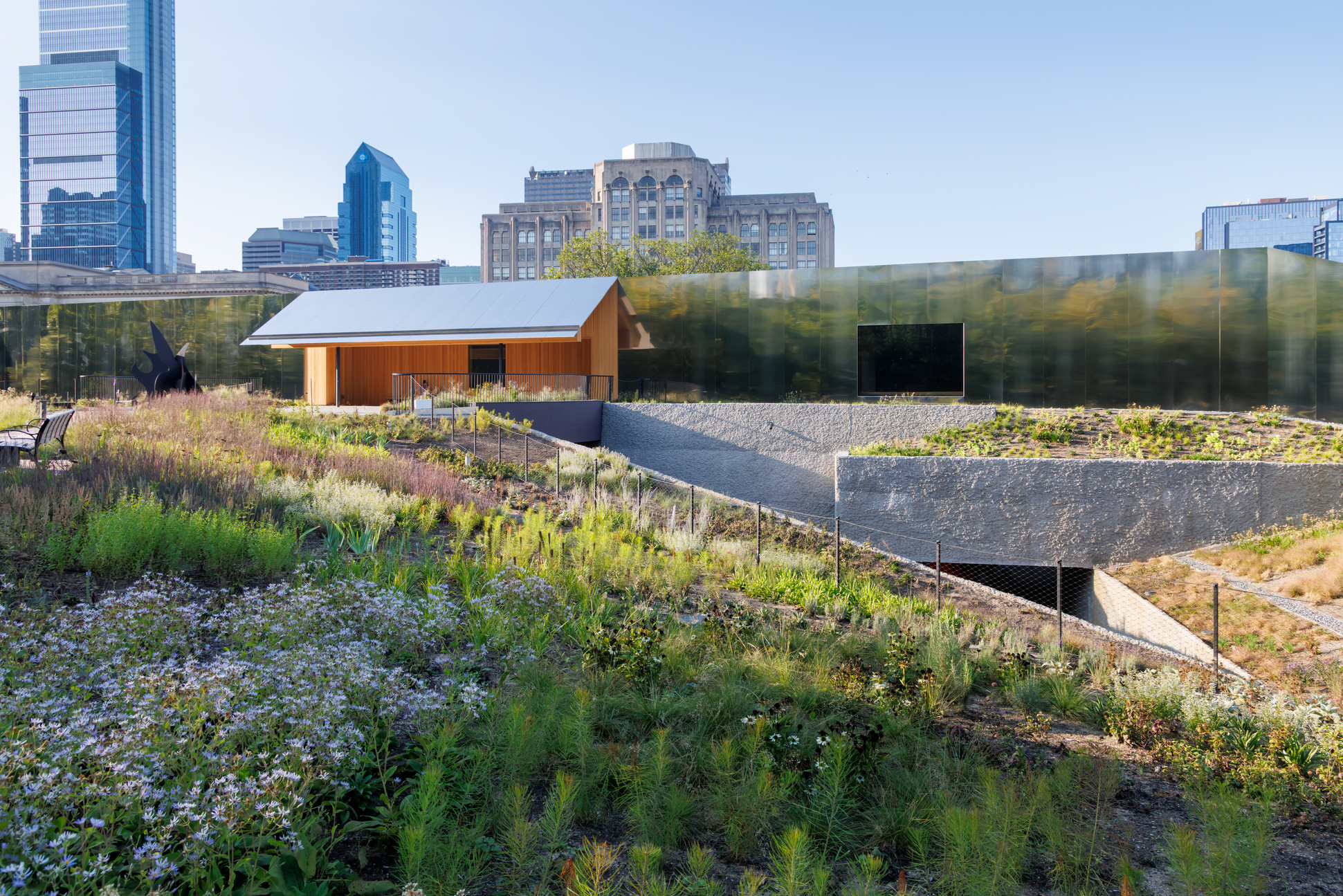 Herzog & de Meuron and Piet Oudolf unveil Calder Gardens in Philadelphia
Herzog & de Meuron and Piet Oudolf unveil Calder Gardens in PhiladelphiaThe new cultural landmark presents Alexander Calder’s work in dialogue with nature and architecture, alongside the release of Jacques Herzog’s 'Sketches & Notes'. Ellie Stathaki interviews Herzog about the project.
-
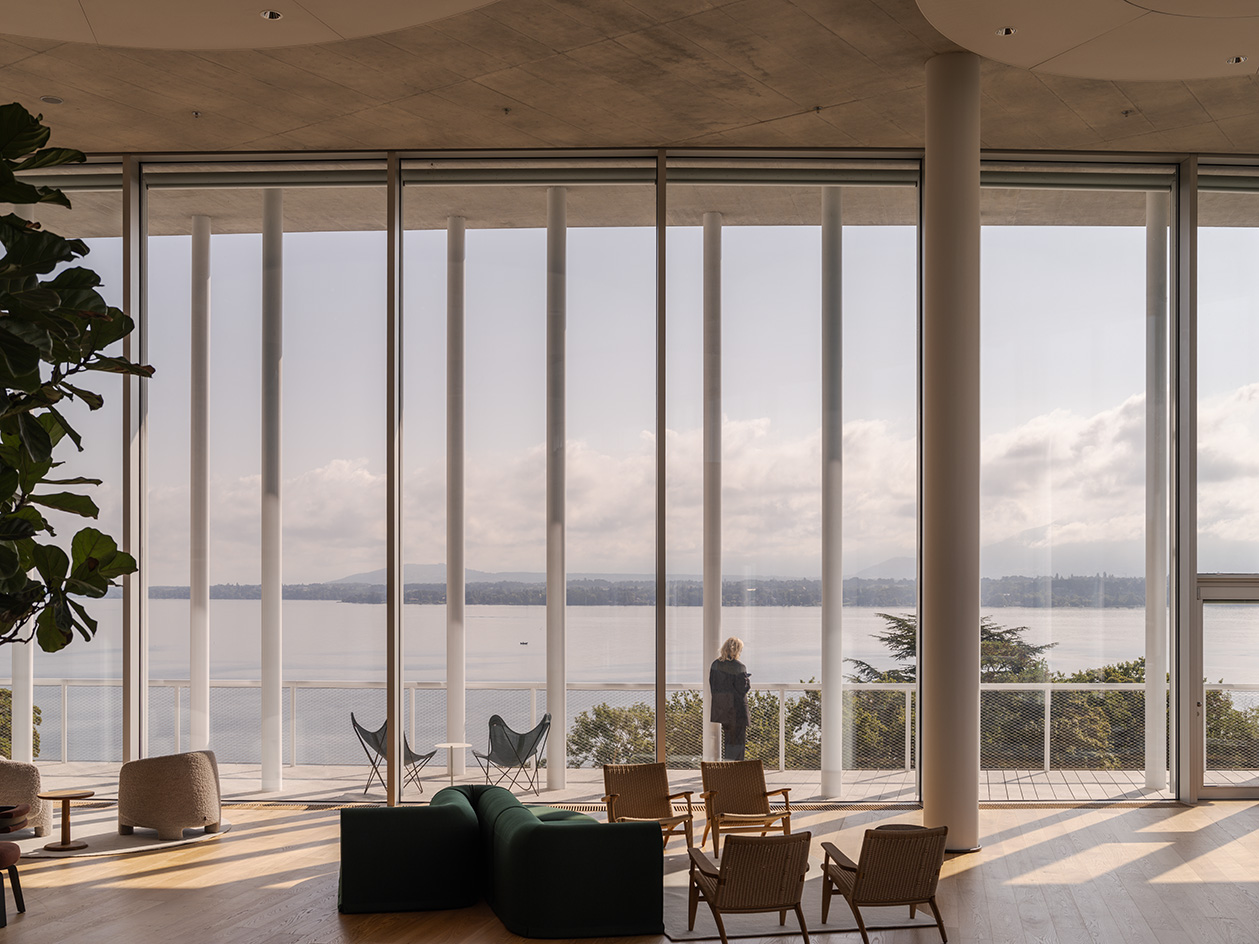 A building kind of like a ‘mille-feuille’: inside Herzog & de Meuron’s home for Lombard Odier
A building kind of like a ‘mille-feuille’: inside Herzog & de Meuron’s home for Lombard OdierWe toured ‘One Roof’ by Herzog & de Meuron, exploring the Swiss studio’s bright, sustainable and carefully layered workspace design; welcome to private bank Lombard Odier’s new headquarters
-
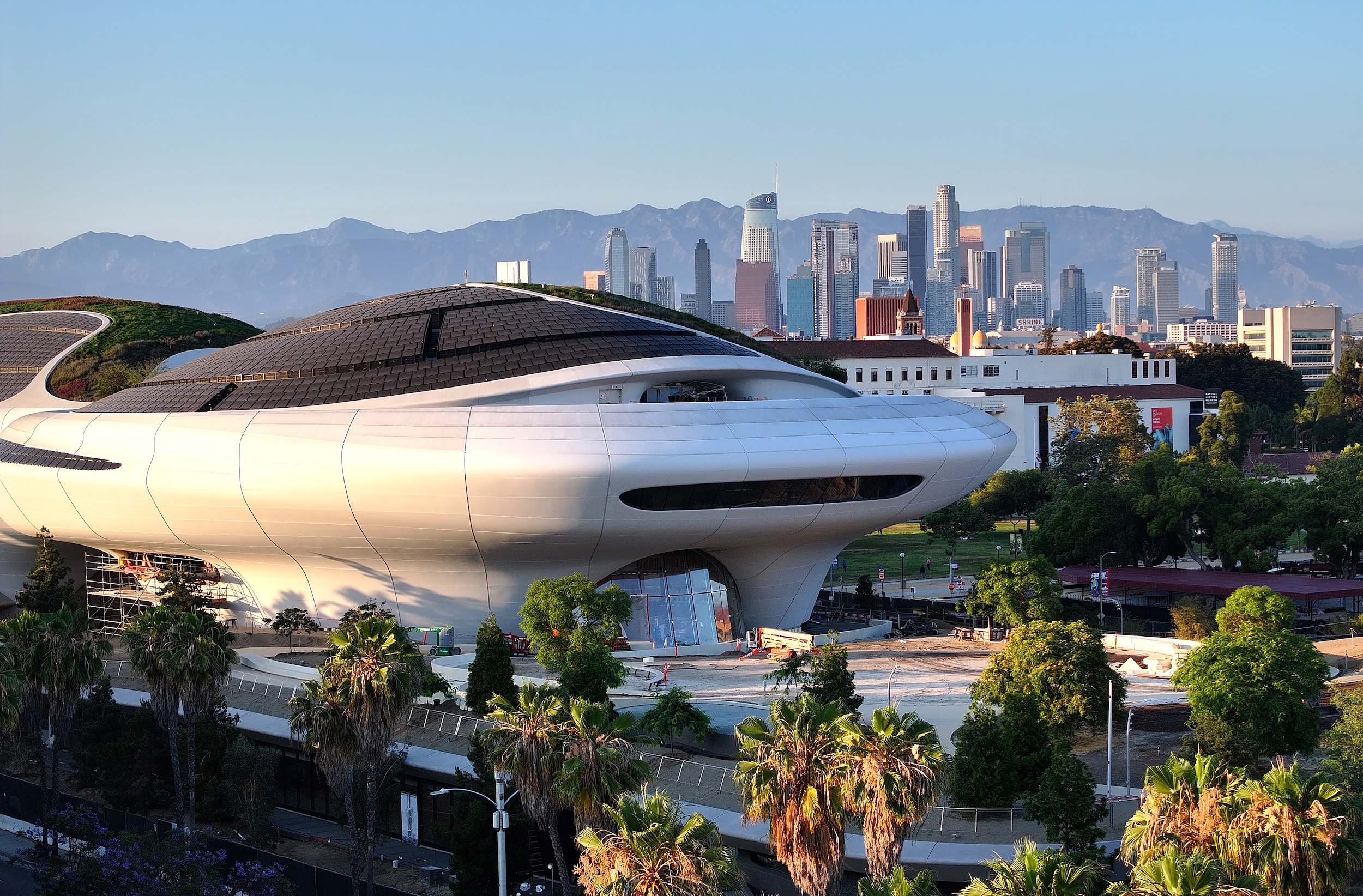 George Lucas’ otherworldly Los Angeles museum is almost finished. Here’s a sneak peek
George Lucas’ otherworldly Los Angeles museum is almost finished. Here’s a sneak peekArchitect Ma Yansong walks us through the design of the $1 billion Lucas Museum of Narrative Art, set to open early next year
-
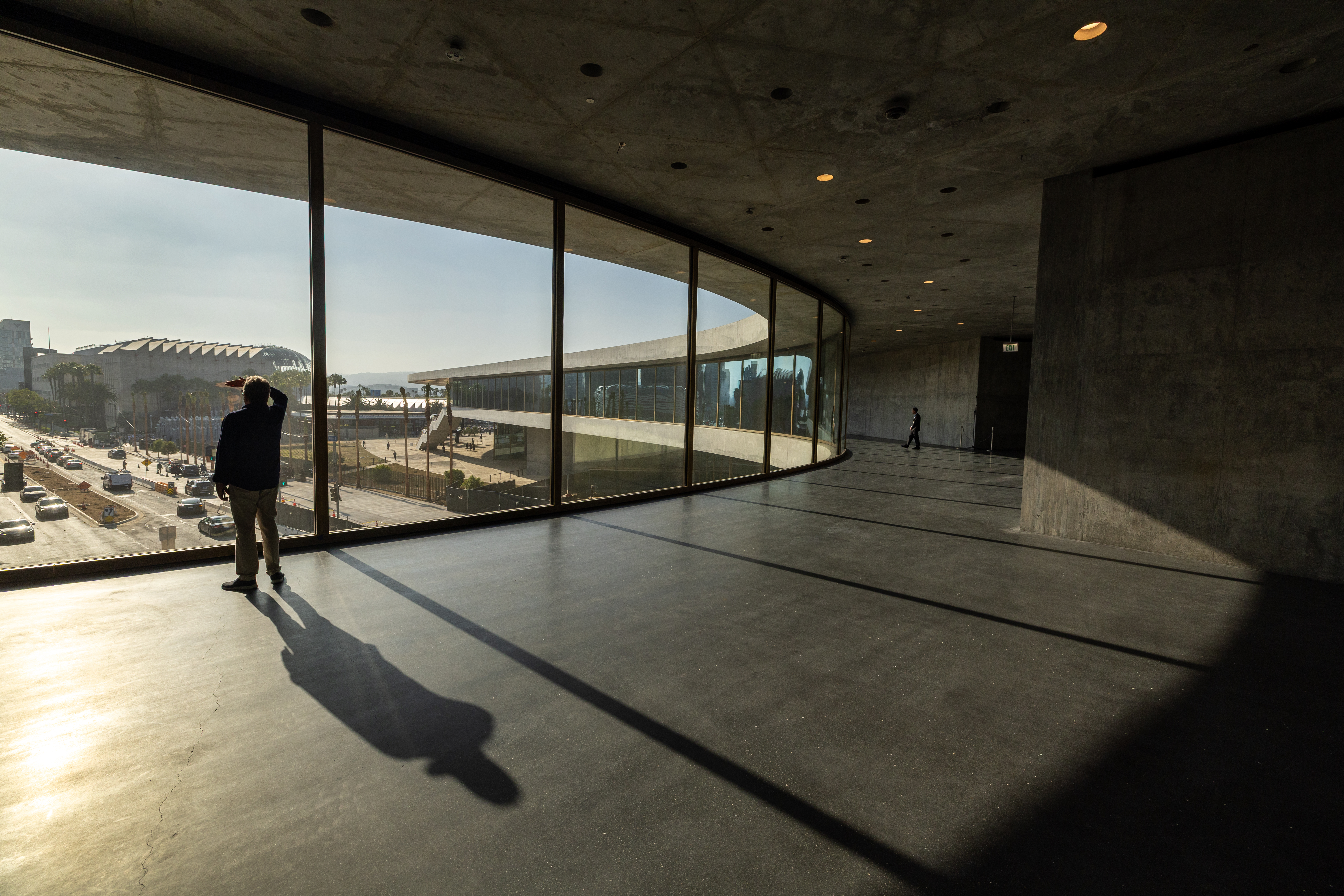 The great American museum boom
The great American museum boomNine of the world’s top ten most expensive, recently announced cultural projects are in the US. What is driving this investment, and is this statistic sustainable?